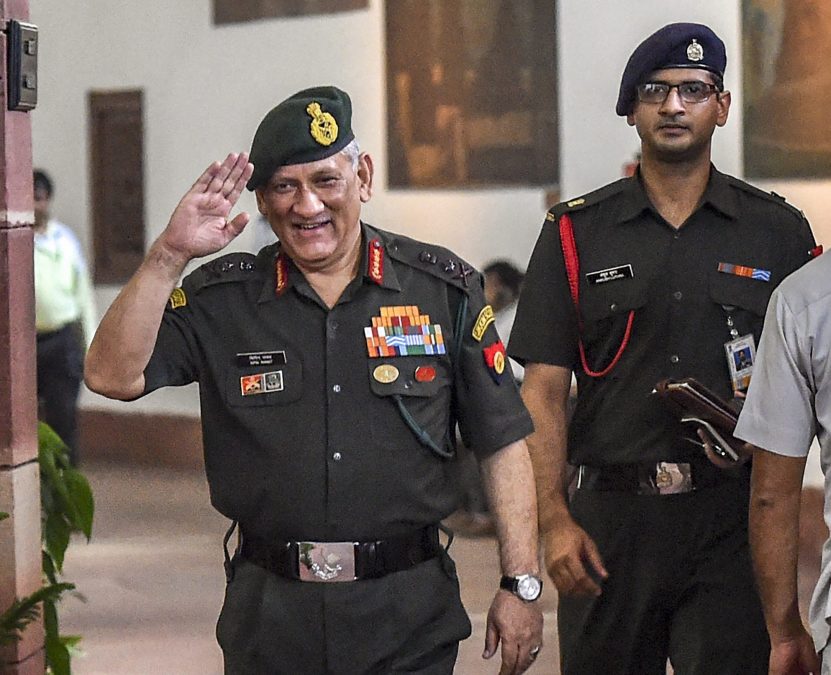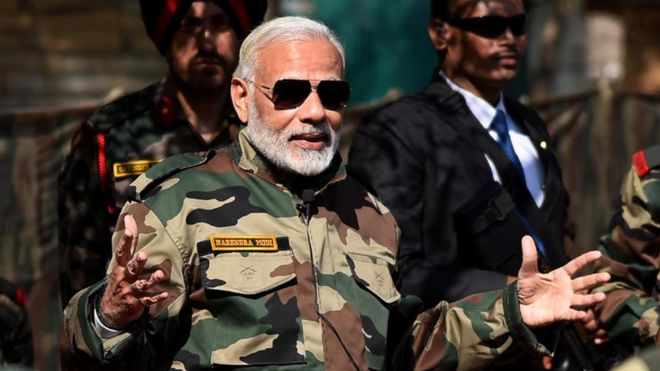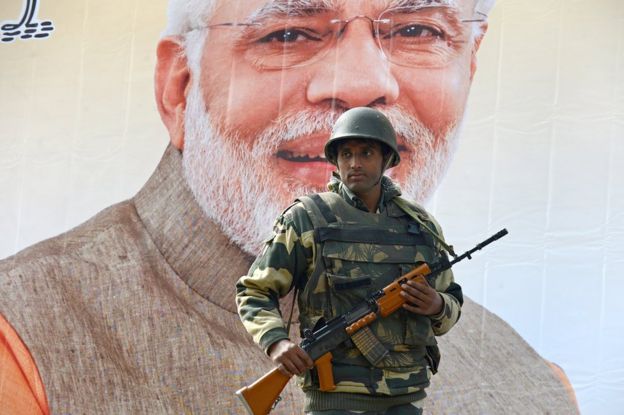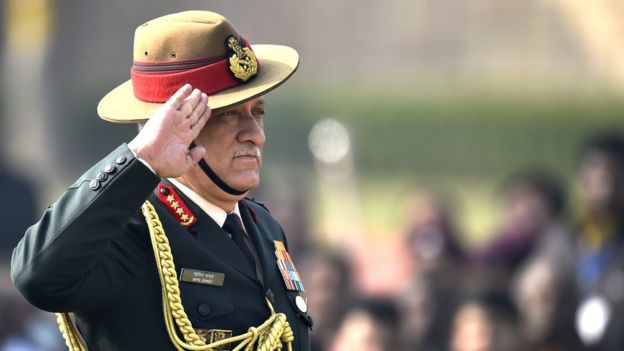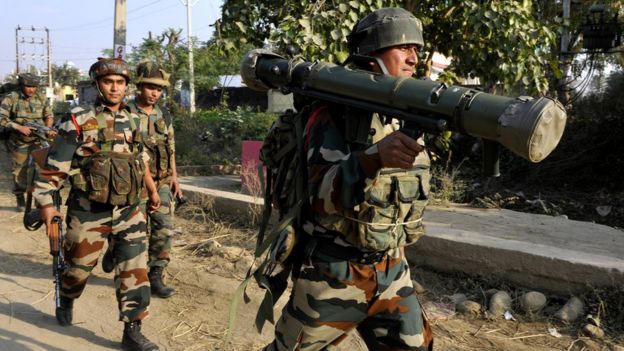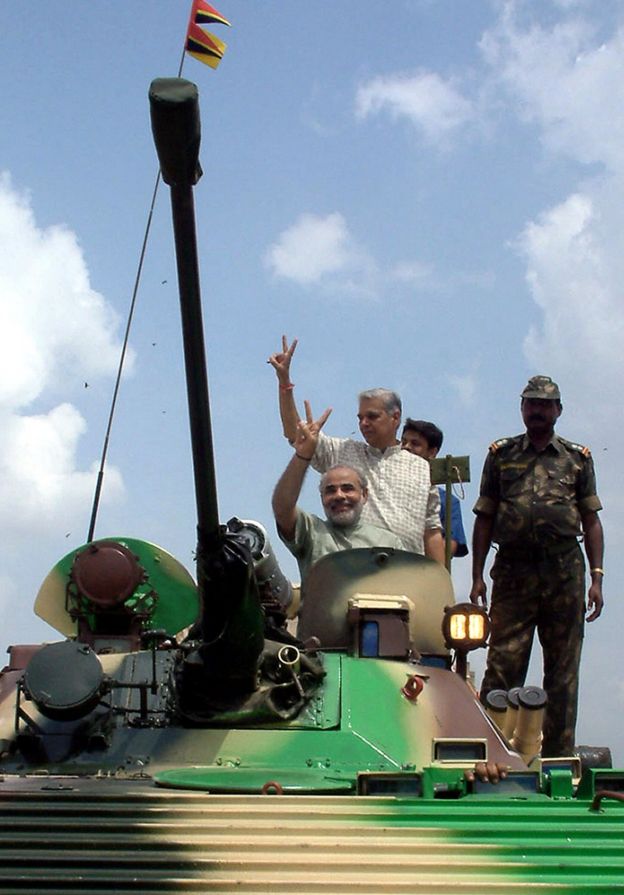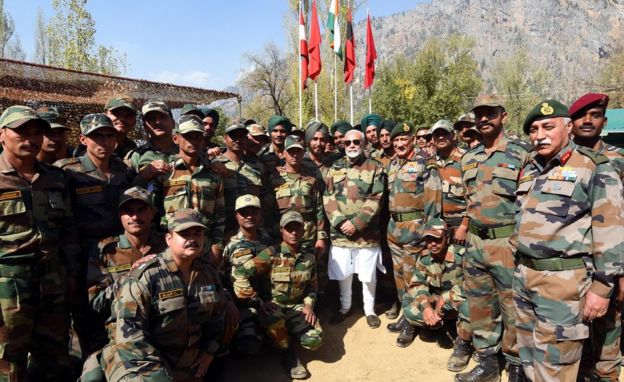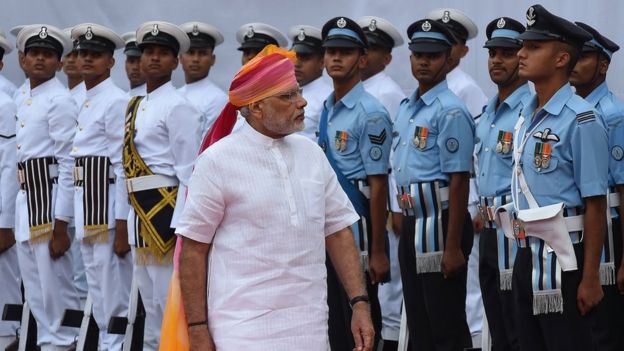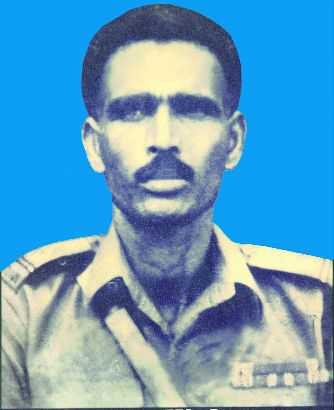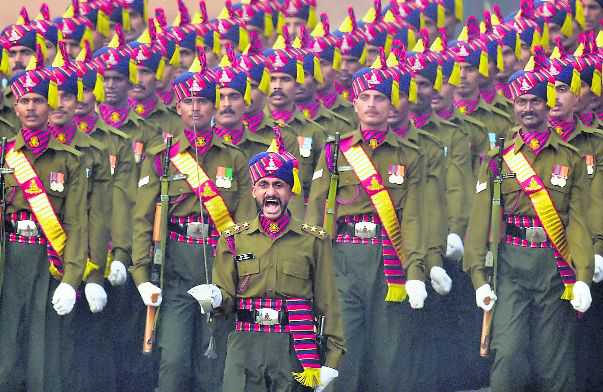With SSB interviews lined up over the next couple of months, it is time to gear up for this prestigious exam. Wear the most positive and outright attitude to ace this test of endurance and intelligence
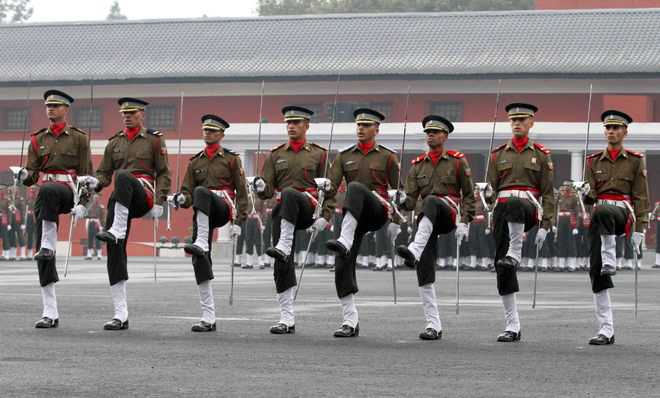
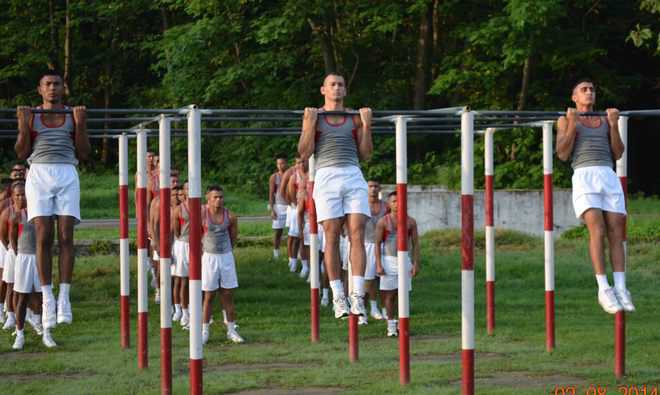
Gauri Chhabra
One of the most prestigious and coveted body known for analysing candidates holistically is the Services Selection Board (SSB). It conducts personality and intelligence tests and interviews to determine suitability of a candidate applying for Indian armed forces. With SSB interviews lined up over the next couple of months, here’s a look at what this test is all about:
SSB Examination
Candidates applying for the Army/Navy/Naval Academy and Air Force have to secure the minimum qualifying marks separately in written test and clear the “officer potential” test. Candidates applying for the flying branch of the Indian Air Force, also have to qualify the Computerised Pilot Selection System (CPSS) & Pilot Aptitude Battery Test (PABT) separately.
SSB Interview for NDA 142 course will commence in January 2019.
SSB (Service Selection Board) is an organisation set-up by the Ministry of Defence that schedules, organises and conducts the SSB interview of the candidates applying for comissioned officers’ posts in short service and permanent commission. SSB interview is a five-day-long procedure, which includes two stages of testing as stage I & stage II. This test is organised at the SSB Centers (designated by SSB). The interview includes intelligence & personality tests.
Interview procedure
Only those candidates that qualify the Stage I on the first day of reporting to the board are permitted to appear for Stage II. In case you do not clear Stage 1 screening test, then be prepared to be sent back on the very first day itself.
Stage 1: This stage consists of Officer Intelligence Rating (OIR) tests and Picture Perception & Description Test (PP & DT). Candidates are shortlisted on the basis of combined performance in OIR Test and PP & DT.
Stage 2: This stage is usually comprises a bateery of tests spread over a period of four days. The tests include psychology tests, Group Testing Officer Tasks (GTO), Interview & Conference.
Scoring pattern
For selection in SSB, all three techniques — Psychology, Interview and Group Testing — are important. Each technique has equal weightage. SSB is assessed out of 900 marks. Out of this, 225 marks are reserved for board conference and the remaining 675 marks are divided between the three techniques which mean each assessor has 225 marks to award. The conference marks are divided into three parts with the Interviewing Officer having a slightly larger share.It is not important to pass in all three techniques. In fact, most successful candidates clear two out of the three techniques. Very few candidates clear all three, there are also a few candidates who actually pass in only one technique but get cleared by the Board after discussions during the board conference. It’s also possible that a candidate initially clears in all three techniques and yet fails at the Board conference.
When should you start preparing?
Well, the earlier you start the better. The quantity of time never matters for preparations, what matters is the quality of time you put in and how sincerely you are preparing. The OLQ’s which are the most important aspect of SSB can’t be developed in a day.
Have an in depth knowledge of the pattern
To get through the SSB, you should know what all would be asked in each test. What would be the pattern? What kind of candidates normally make it? The knowledge of all this would hold you in good stead since you will start practicing early. In the psychological tests, you cannot fake it. Give ample amount of time to know yourself, and analyse your positives and negative.
Introspect
Do a SWOT analysis of yourself. Write down everything you need to know about yourself and your near ones. This includes your positives, negatives, achievements. Basically an introspection of your personality. Your hobbies, interests and information related to that. Information related to your friends, family and their likes dislikes, and your likes and dislikes in them. Remember, you can’t fake it in SSB so either you have the personality they want or you don’t.
You come to know whether you have the right ethical values and whether you are cut out for the role.
Discipline your mind & body
The singular quality that would set you apart from others is discipline that becomes evident in the way you walk and talk. It is not just about walking in line and reaching on time. To be an officer you need to develop the qualities of an officer, and these cannot be developed overnight.
Therefore, if you have to gear up for the SSB, start preparing now. Wear the most positive and outright attitude you can and steal the show.
Selection drill
Day 0 (Reporting):
On this day candidates have to report at the selection center. Candidates’ original documents along with photocopies are verified on arrival. After this Personal Information Questionnaire (PIQ) forms are filled. In this form, the candidates have to fill their personal details regarding educational profile, family background, etc.
Day 1 (Screening Test):
Candidates have to take an Intelligence Test (verbal & non-verbal) & Picture Perception Test. In PP test, slide (hazy or clear) is shown for 30 seconds and candidates have to write a story based on their perception. After this test, the group discussion round takes place. This sequence is commonly known as Picture Perception and Discussion Test (PPDT).
Intelligence Test: It comprises verbal as well as non-verbal questions. It is a written test that includes multiple choice questions. The time allotted to answering each question is 30 seconds.
Picture Perception and Discussion Test (PP & DT): This test includes story writing and discussion. A picture will be shown to the candidates for 30 seconds and candidates have to write a story based on the picture in 3 minutes.
Day 2 (Psychology Tests):
It is a set of written tests wherein candidates’ psychological suitability for the job is tested. These tests may include:
Thematic Apperception Test (TAT): It is called as picture story writing. This test is very similar to PPDT. In this test, about 11 pictures are shown. Each picture is displayed just for 30 seconds, after that candidates have to write a story based on the picture within four minutes. After four minutes another picture is displayed and the same procedure is followed till the last slide. The twelfth slide is blank where a candidate is supposed to write any story of his own choice.
Word Association Test (WAT): It is the second psychological test of SSB selection procedure. In this test, 60 words are shown back to back for a period of 50 seconds. The candidates have to write the first thought that comes to their mind for those words.
Situation Reaction Test (SRT): In this test, candidates get a booklet with 60 situations written on it and they have to write their responses based on those 60 situations.
Self Description Test (SD): In this test, candidates have to write their opinion about their parents, themselves, friends, teachers & others. The time will be allotted 15 minutes.
Day 3 & Day 4 – Group Testing Officer Tasks (GTO Tasks):
These tests involve interactive indoor and outdoor activities as a combination of mental and physical work. These tests are as follows:
Group Discussion: In this round, a certain situation or topic (mostly current affairs) is given to a group of candidates. They are expected to discuss the various aspects of the issue. Group Task Officer observes each candidate during the course of the group discussion.
Group Planning Exercise (Military Planning Exercise): In this round, a model of real life practical circumstances is presented to a group of applicants. They have to write their own plan of action for the mentioned problem.
Progressive Group Tasks (PGT): In this round, a group of candidates has to cross some obstacles with the help of supporting materials such as rope, plank, wood log etc.
Half Group Tasks: This round is the same as PGT, but the number of group members is half. Thus, candidates get more chance to show their potential.
Individual Obstacles: In this round, candidates are required to attempt 10 obstacles individually.
Group obstacles race or snake race: In this round, all group members compete with other groups. Candidates are required to cross certain obstacles with the snake-like rope.
Command Task: In this task, one candidate is given the “role” of a commander. He will be required to cross some obstacles with the help of 2-3 subordinates.
Lecturette: In this round, each individual has to give a lecture for three minutes on a topic selected by them.
Final Group Task: It is same as PGT. Candidates have another chance to show their potential.
Day 5 (Conference):
On the final day, all candidates and SSB members sit together and have a chat wherein the candidates are asked a few general questions. The conference is just to decide whether a particular candidate has been recommended as an officer or not.
Medical
After the SSB result, the recommended candidates have to appear before the medical board for their medical test. This also takes 4 to 5 days. NDA candidates are examined both for Army and Navy unless otherwise instructed and endorsement of fitness status will be made accordingly.














